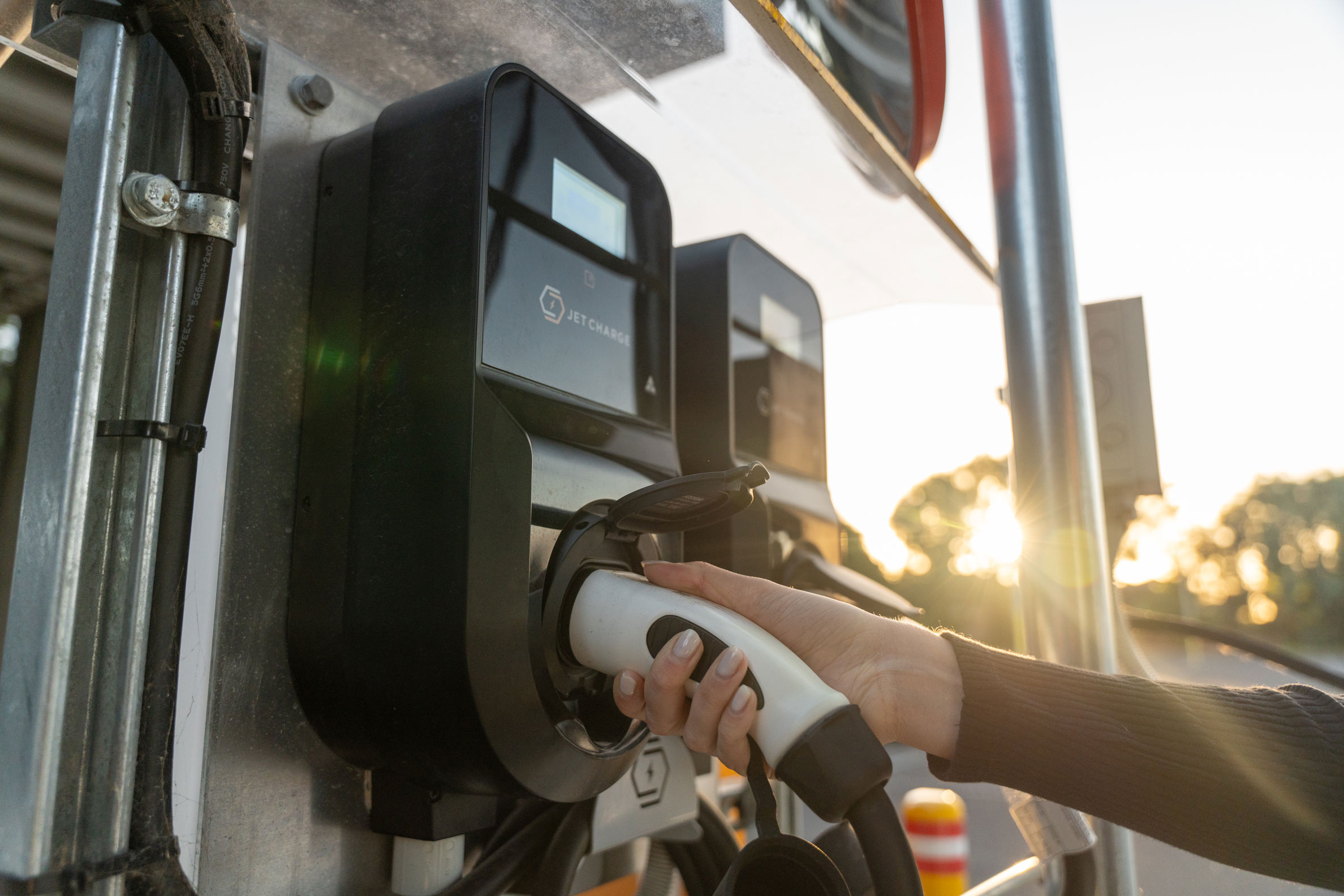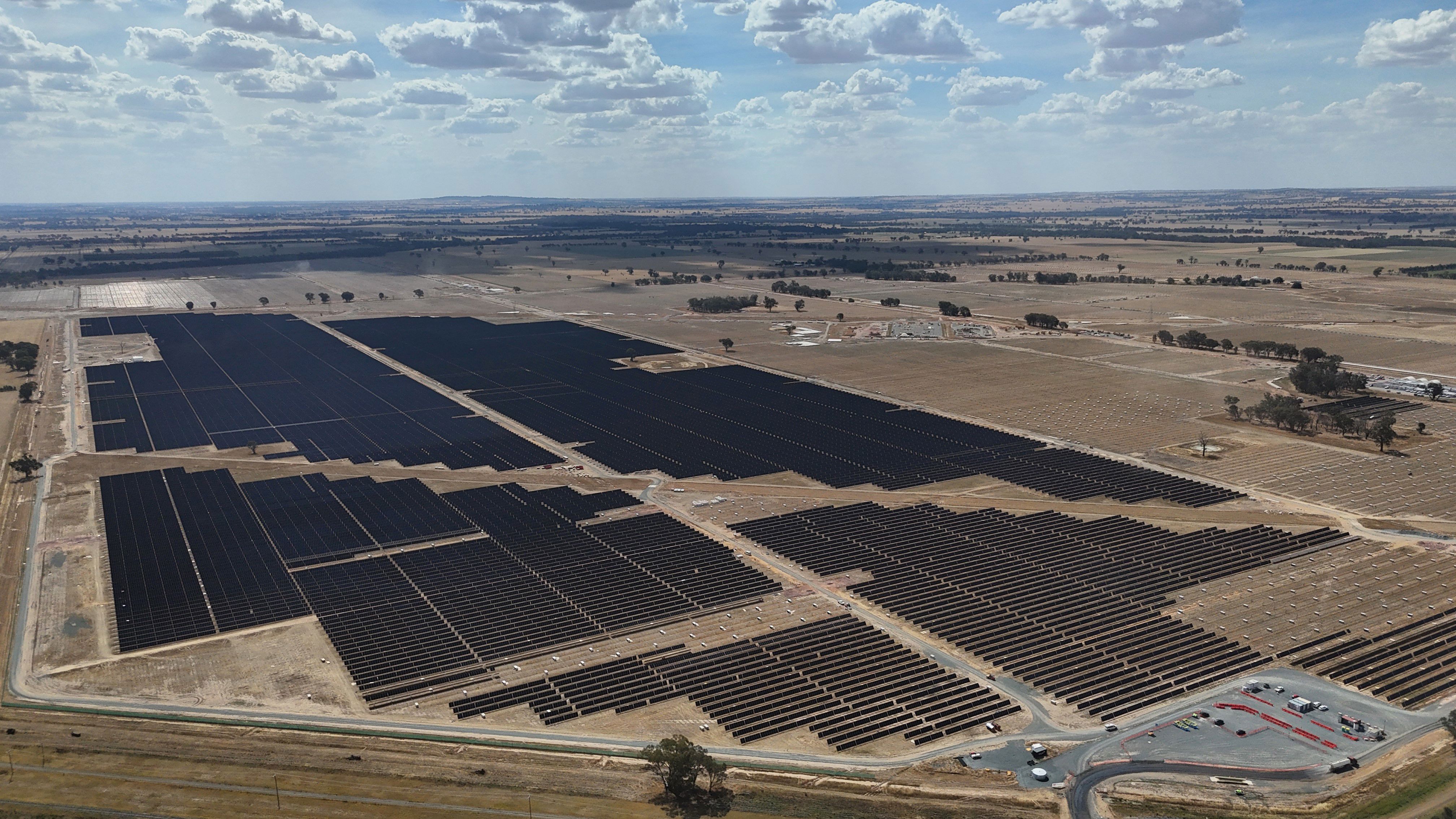CEFC congratulates MicroTau on sharkskin climate tech trial to cut fuel use by US Air Force

The CEFC congratulates advanced manufacturing company MicroTau , whose innovative lightweight film product has been selected by the United States’ Department of Defense to conduct flight testing. The sharkskin inspired film can be applied to the surface of aircraft, reducing drag, improving fuel efficiency and cutting emissions. To date the CEFC has invested $3 million in Microtau, through the Clean Energy Innovation Fund, which is managed by specialist fund manager Virescent Ventures.
MicroTau media release:
Australia’s MicroTau to conduct first flight tests of drag-reducing sharkskin film on US Air Force aircraft
8 March 2024
Advanced manufacturing company MicroTau has been selected by the United States’ Department of Defense (DoD) to conduct flight testing of its sharkskin-inspired ‘riblet’ film, which improves the fuel efficiency of aircraft, resulting in fuel cost savings, reduced carbon emissions, and improved operational range. The project is led by the Air Force Operational Energy Office, in partnership with the Defense Innovation Unit (DIU), the Air Force Research Laboratory (AFRL), and Air Force Special Operations Command (AFSOC). The contract also includes Lockheed Martin as a key subcontractor to support flight testing and performance evaluation.
The Australian start-up was selected in response to DIU’s solicitation for drag reduction solutions for legacy aircraft as part of an effort to reduce fuel costs and consumption while increasing mission capacity. MicroTau’s riblet film will be tested on the wings and fuselage of a Lockheed Martin C-130J Super Hercules aircraft operated by AFSOC in the first flight tests of such a product on US Air Force aircraft. The prototype project is sponsored by the US Deputy Assistant Secretary of the Air Force (Operational Energy) (SAF/IEN) and, if successful, could result in a rollout of MicroTau riblet films for USAF C-130, C-17, and KC-135 fleet with a total value of up to $540M USD.
DIU seeks to accelerate the DoD’s adoption of technology, leveraging flexible acquisition methods to prototype and field commercial technology. The organization prioritizes the adoption of commercially available dual-use technologies to solve national security challenges.
MicroTau’s sharkskin riblet film is estimated to reduce the fuel consumption of aircraft by up to 4% (depending on the extent of film coverage on the aircraft), with equivalent emissions reduction potential. Applied to the global fleet, this technology has the potential to save the commercial aviation industry US$8B in fuel costs and prevent the emissions of 40M metric tons of CO₂ every year. For a typical wide-body aircraft, current MicroTau riblet films may enable cost savings on the order of US$900,000 with 3,000 metric tons of CO2 abated annually1. AFSOC flight testing planned in 2024 aims to validate and refine these estimates with a focus on improving aircraft range.
The DIU solicitation identified two additional target fleets for future application of the product: the Boeing C-17 Globemaster III and the Boeing KC-135 Stratotanker, both long-standing ‘workhorses’ of the US Air Force fleet. There are also possible future applications of MicroTau’s technology on additional DoD fixed wing platforms across multiple services.
MicroTau CEO Henry Bilinsky said “We are proud to be working with the US Air Force to tackle the difficult challenge of improving the efficiency of aircraft already flying.
“The aviation industry has committed to Net Zero, but the fact is there are a trillion dollars’ worth of fuel-burning assets that will be operating for decades to come. We hope to be a piece of the puzzle in driving down emissions that can be implemented immediately, not in 20 years.”
“With this project we are looking at more than tripling the performance of what has been achieved at this scale. This is also the first demonstration with the US Air Force, which operates the single largest fleet of aircraft globally and represents what can be achieved with advanced capability development under the AUKUS partnership,” Mr. Bilinsky added.
AFRL’s Dr. Aaron Altman commented, “We are excited by the potential for MicroTau’s technology to deliver fuel efficiency and capability improvements to the fleet of US Air Force transport aircraft."
“More nautical miles means more lives saved.”
Key Facts
- The US Air Force operates the largest fleet of aircraft in the world. This includes more than 270 aircraft in the C-130 family.
- The Royal Australian Air Force has a fleet of 12 C-130Js, with 20 additional aircraft on order.
- To date, MicroTau has been awarded over AU$10M in competitive grants and contracts to develop sharkskin riblet film for aircraft.
About MicroTau
MicroTau’s mission is to improve the efficiency of the global aviation fleet. It specializes in the development and manufacture of drag-reducing ‘riblet’ film products inspired by the microscopic structure of shark skin.
1 Boeing 777-300ER aircraft fly approximately 4,000 hours at cruise per year2. The ER variant’s twin GE90 engines consume 2,600 gallons of fuel per hour at cruise. At US$2.50 per gallon, cost of fuel for the year therefore sums to US$26,000,000 (4,000 * 2,600 * 2.50). A fairly conservative friction drag reduction figure of 3.50% (achieved with 80% riblet film coverage of the airplane) will result in savings of US$910,000 ($26,000,000 * 0.035). 9.5 kg of CO2 is emitted for every gallon of jet fuel combusted, and a reduction of 3.50% will sum to 3,458,000 kg, or 3,458 tons, every year.
2 Taking a real-world example, An American Airlines Boeing 777-300ER (tail number N374AR) has 4364 hours of flight time within the past year. Assuming long haul has 95% cruise duration, this comes to 4146 hours at cruise.




